14 Ways Shopping For Clothes Looked Like In The 1960s Before Malls Took Over
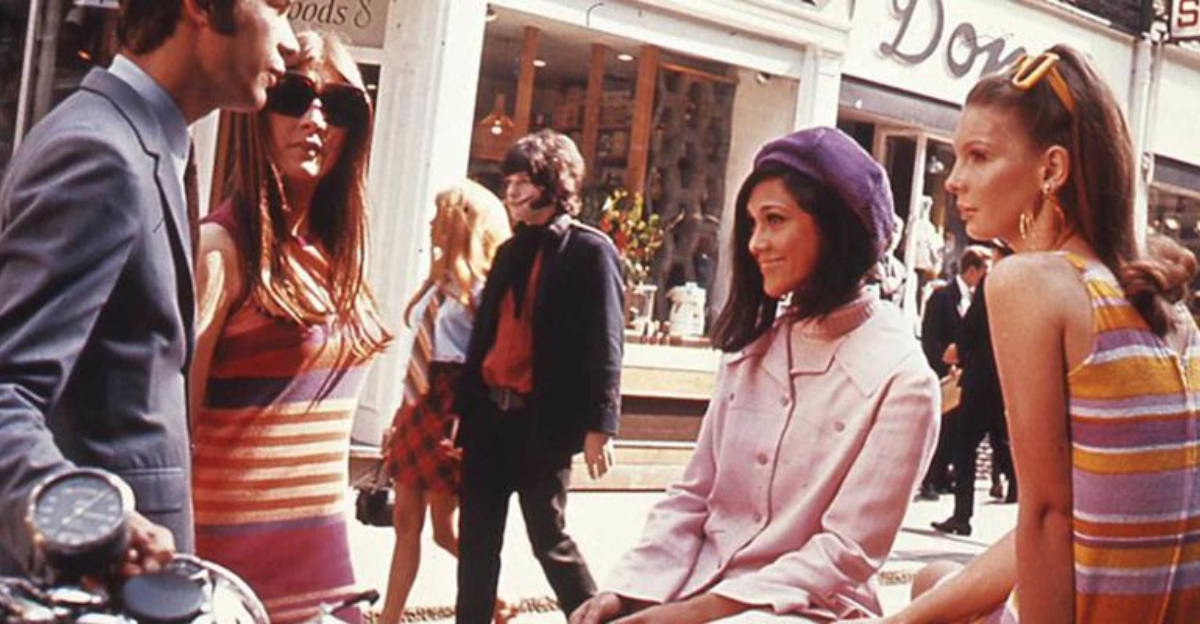
Shopping in the 1960s was less about ticking items off a list and more about embarking on a full-blown adventure. Before the rise of giant malls and online carts, every trip downtown felt like stepping into a lively, colorful festival.
Streets buzzed with life, shop windows dazzled with the latest fashions, and every department store visit was sprinkled with a little bit of magic — and a whole lot of patience. Armed with a sturdy pocketbook and a sense of excitement, you’d wander through racks of crinkling fabrics, trying on everything from shift dresses to sharp mod suits.
Salespeople knew your name, and sometimes your entire wardrobe history! Shopping wasn’t a chore — it was a social event where you’d bump into neighbors, trade gossip, and maybe even split a milkshake at the drugstore afterward.
And let’s not forget the tiny moments: the smell of new leather shoes, the soft jingle of cash registers, the thrill of bringing home a carefully wrapped parcel. Clothes shopping in the ’60s was an experience stitched together with charm, community, and plenty of style.
Grab your pocketbook — we’re taking a whimsical stroll through 14 ways shopping for clothes back then was truly an adventure!
1. Downtown Was The Place to Be
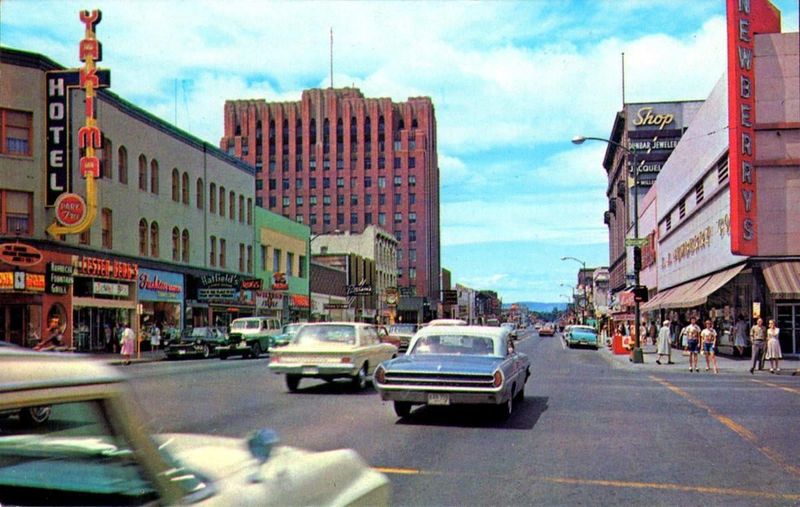
Imagine zipping down to Main Street, where everything you needed was just a stroll away. On any given Saturday, the sidewalks were alive with chatter as folks moved from store to store, arms loaded with paper bags filled with treasures. It was a social gathering as much as a shopping trip, a place where you bumped into neighbors and exchanged the latest gossip.
The atmosphere was electric, with street vendors hawking their wares and the scent of fresh popcorn wafting through the air. As a kid, I remember clinging to my mother’s hand, wide-eyed at the endless array of window displays, each more elaborate than the last. It was a sensory overload, in the most delightful way.
Main Street was the heartbeat of the community, a place where fashion, fun, and friendship converged. It’s hard to imagine now, but back then, the idea of a one-stop mall would have seemed downright preposterous! You knew every shopkeeper by name, and they knew you—not just as a customer, but as part of the larger downtown family.
2. Department Stores Were Like Small Cities
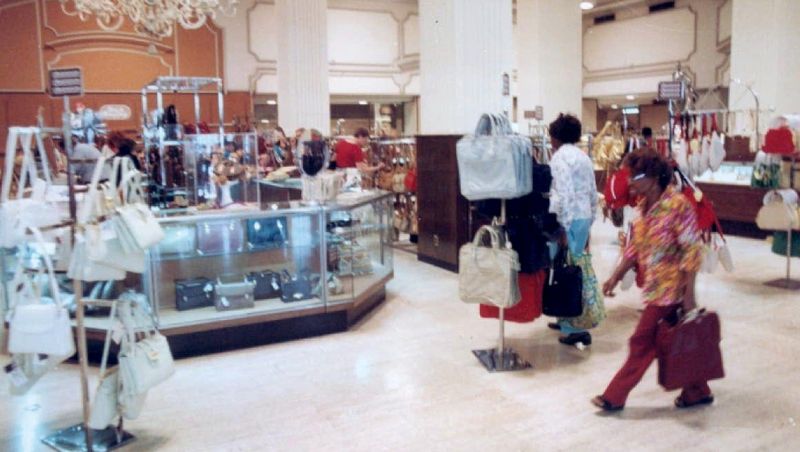
Stepping into a department store in the 1960s was like entering a small city. Sears, JCPenney, or Montgomery Ward were not just shopping destinations—they were experiences unto themselves. You could spend the entire afternoon wandering through their aisles, discovering hidden gems in each corner.
Every floor held a new adventure, from the latest fashion on display to the smell of fresh pretzels wafting from the snack counter. The thrill of getting lost in the linens section or stumbling upon an unexpected sale was all part of the charm.
I remember the dizzying heights of the escalator rides, the friendly elevator operators who greeted you with a smile, and the sense of accomplishment when you finally found the perfect dress. Department stores were more than just places to buy clothes; they were a vibrant part of the community fabric, where every visit felt like a special occasion.
3. Window Shopping Was an Event

In the 1960s, window shopping was practically an art form. Elaborate displays beckoned passersby with their creative use of mannequins and eye-catching props. It was like gazing into a miniature world, carefully crafted to inspire a sense of wonder and, of course, the urge to buy.
I used to press my nose against the glass, mesmerized by the twinkling lights and the vibrant colors. The displays changed with the seasons, offering a sneak peek into the latest trends and styles. It was a visual feast that made the shopping experience feel magical.
As an adult, I now appreciate the skill and artistry that went into creating those window displays. It was about more than just selling merchandise; it was about telling a story and inviting customers to be part of it. And oh, what a story it was!
4. Trying On Clothes Meant a Real Saleslady Helped You
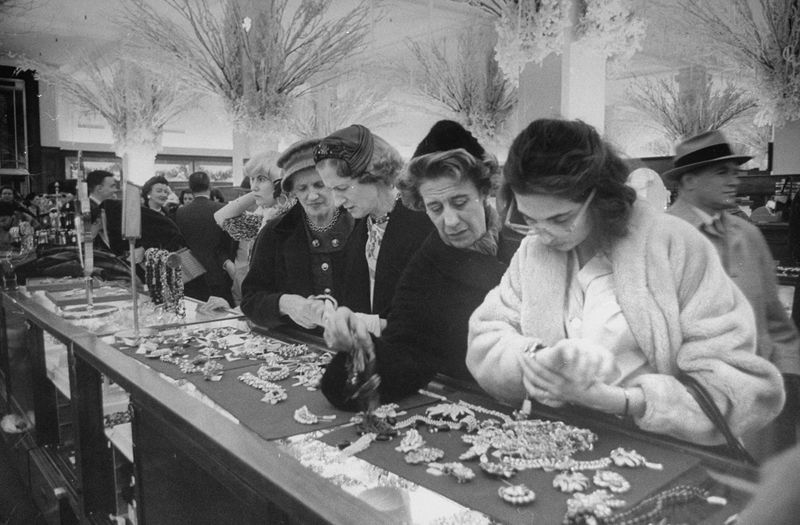
Back in the 1960s, trying on clothes was a whole different ballgame. Forget the impersonal experience of digging through racks and self-service fitting rooms. Instead, a real saleslady would assist you personally, guiding you through the fashion maze with expertise and, occasionally, a bit of sass.
These women knew their stuff, offering advice on fit and style while fetching different sizes with the speed and grace of a gazelle. They would even offer their honest opinion, which could be both a blessing and a curse, depending on the day.
I fondly remember the camaraderie and banter shared in the fitting rooms. It was an experience filled with personal touches and human connection, something I find myself longing for in today’s fast-paced shopping world. Their knowledge and warmth made every shopping trip feel like a visit with a trusted friend.
5. Cash Registers Had That Satisfying “Cha-Ching” Sound

Ah, the sweet symphony of a cash register in the 1960s! That delightful “cha-ching” was music to a shopper’s ears, signifying a successful purchase. Unlike today’s electronic beeps, the sound of real money moving was part of the shopping ritual.
As a kid, I loved watching the cashier ring up items, each click of the register adding to the anticipation. The clatter of coins, the rustle of bills, and the mechanical whirr as the cash drawer opened—it was a sensory delight.
It may seem trivial now, but that sound symbolized the end of a shopping adventure, a tangible connection to the purchase. It brought a sense of closure and satisfaction, knowing you were leaving with something special. Sometimes, it’s the little things that leave the biggest impression.
6. School Clothes Were a Big Deal

In the world of 1960s shopping, school clothes were a serious business. It wasn’t just about picking up a few new pieces; it was a full-fledged event that required planning, strategy, and family participation.
Parents and kids would embark on a mission to find the perfect outfits that would last the entire school year. I remember the excitement of choosing a few carefully selected ensembles that reflected both my style and my mother’s practicality.
The anticipation of wearing those new clothes on the first day of school was almost unbearable. It was about more than just fashion; it was a rite of passage, a statement of individuality, and a chance to shine in the school hallway. Shopping for school clothes in the ’60s was a memorable adventure, filled with laughter, choices, and the occasional sibling rivalry.
7. Shopping Trips Were a Family Affair
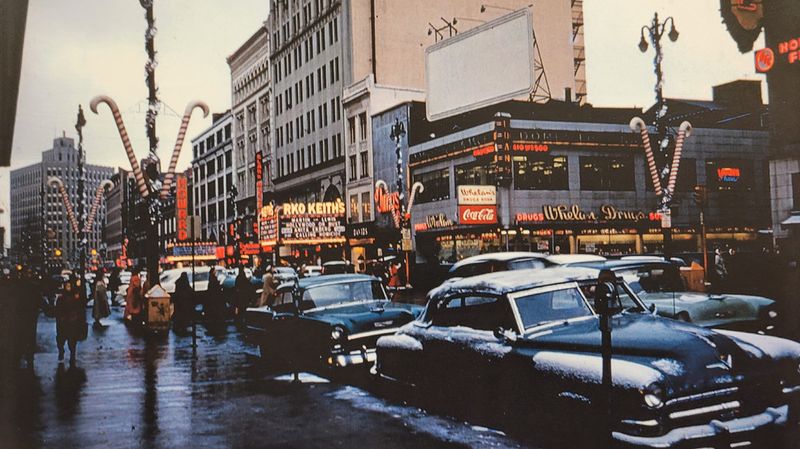
Shopping in the 1960s was truly a family affair. Piling into the trusty station wagon, we set off on a downtown adventure, ready to explore and conquer the shopping world together.
These trips were not just about buying clothes; they were an opportunity for family bonding, storytelling, and, on occasion, a little sibling squabble over who got to sit by the window.
The day was filled with laughter, frequent stops for ice cream, and stories shared between trips to different stores. Each family member had a role to play, and somehow, amidst the chaos, we always managed to have a great time. Shopping was a shared experience, a communal event that left lasting memories and plenty of tales to tell.
8. Clothes Were Made to Last

If there’s one thing I miss about 1960s shopping, it’s the quality of the clothes. Every garment was a testament to craftsmanship, built to withstand the test of time with heavy zippers, strong seams, and real buttons.
Unlike today’s fast fashion, clothing from the ’60s was designed to last, making each purchase feel like a wise investment. I can still recall the feel of durable fabric and the satisfying weight of a well-made coat on my shoulders.
These clothes were meant to be cherished, passed down, or tailored to fit just right. It was a different philosophy, where quality trumped quantity, and each piece of clothing held a story of its own. Those were the days when fashion was synonymous with durability and style.
9. Alterations Were Expected
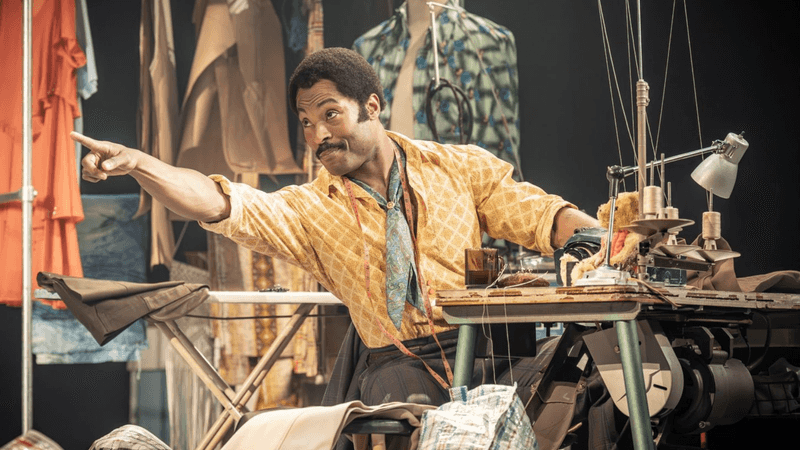
In the 1960s, if the clothes didn’t fit perfectly, it was no big deal. Alterations were a common part of the shopping process, with tailors and seamstresses ready to tweak garments to perfection.
This was an era when customization was key, and the importance of a perfect fit was well understood. You didn’t just buy off the rack; you personalized your wardrobe to suit your body and style.
I fondly remember visits to our local seamstress, who transformed my dresses with a few strategic stitches. It was a personal touch that made my clothes feel truly mine, something that’s lost in today’s one-size-fits-all world. Alterations were about more than just fit; they were about expressing individuality and owning your style.
10. Catalogs Were a Second Shopping Trip
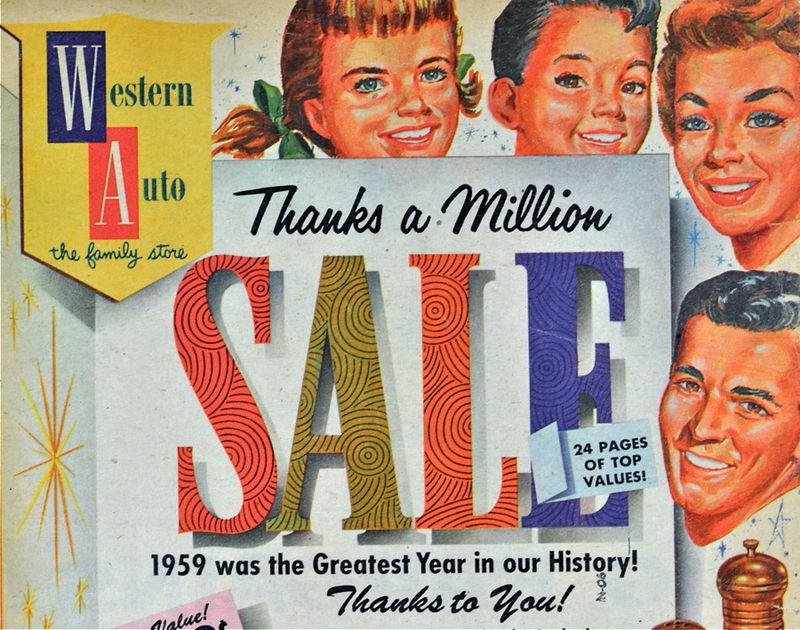
In the 1960s, catalogs were the online shopping of their day. Thick, glossy pages filled with endless options allowed you to shop from the comfort of your home, flipping through like an adventure book waiting to be explored.
If the store didn’t have what you needed, catalogs were a trusty backup, offering everything from clothes to toys. I remember our family gathering around, each picking out favorite items, and eagerly waiting for the mailman to deliver our treasures.
The excitement of placing an order and the anticipation of its arrival made the experience feel like a mini Christmas. Catalog shopping was more than convenience; it was a family activity, a chance to dream and plan for new adventures wrapped in paper and tied with string.
11. Seasonal Sales Were Actual Events
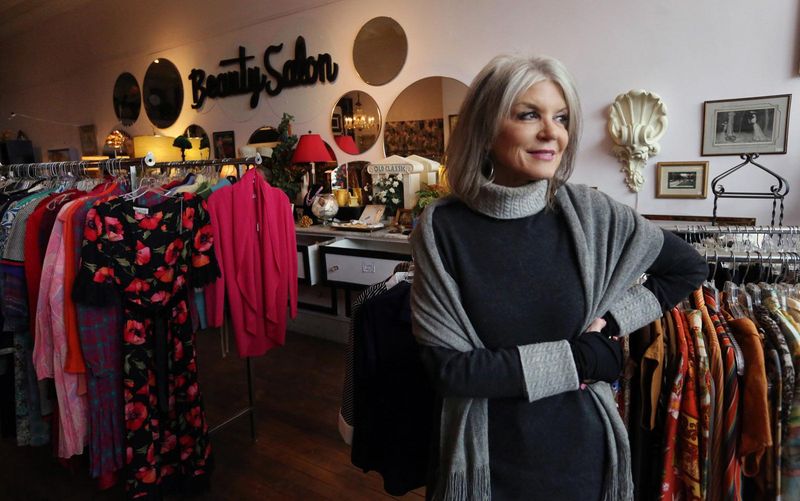
Seasonal sales in the 1960s were nothing short of legendary. Marking your calendar for these big clearance events was an absolute must, as they were practically holidays in their own right.
Stores would transform into bustling arenas, filled with eager shoppers hunting for the best deals. I vividly recall the frenzy, the thrill of finding a bargain, and the camaraderie shared among fellow deal-seekers.
These sales were more than just an opportunity to save money; they were community events that drew people together. The excitement was contagious, and the stories of the deals scored became part of local lore. Seasonal sales were a celebration of shopping, friendship, and the joy of discovery.
12. Dressing Rooms Had Velvet Curtains
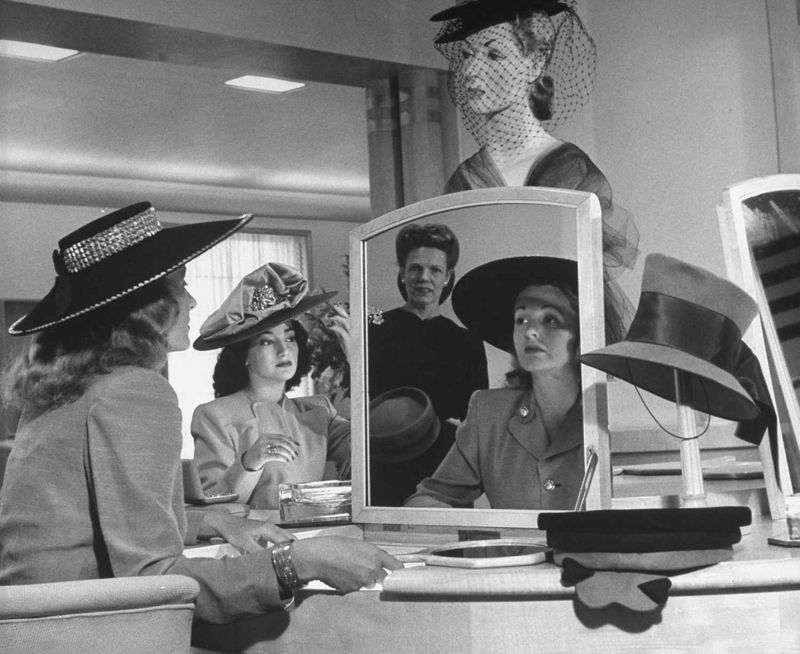
Step into a 1960s dressing room, and you were greeted by the lush feel of velvet curtains and the gleam of mirrors that sometimes flattered, other times mocked. It was an experience filled with drama and a touch of glamour.
Trying on clothes felt like a performance, with each curtain pull revealing a new ensemble. The lighting could transform you into a Hollywood star or a hapless clown, depending on the day.
These dressing rooms were more than just spaces to try on clothes; they were private worlds where fashion fantasies came to life. There was something magical about the way the curtains swished and the mirror reflected dreams, offering a momentary escape into a world of style and imagination.
13. Charge Accounts Were Handwritten
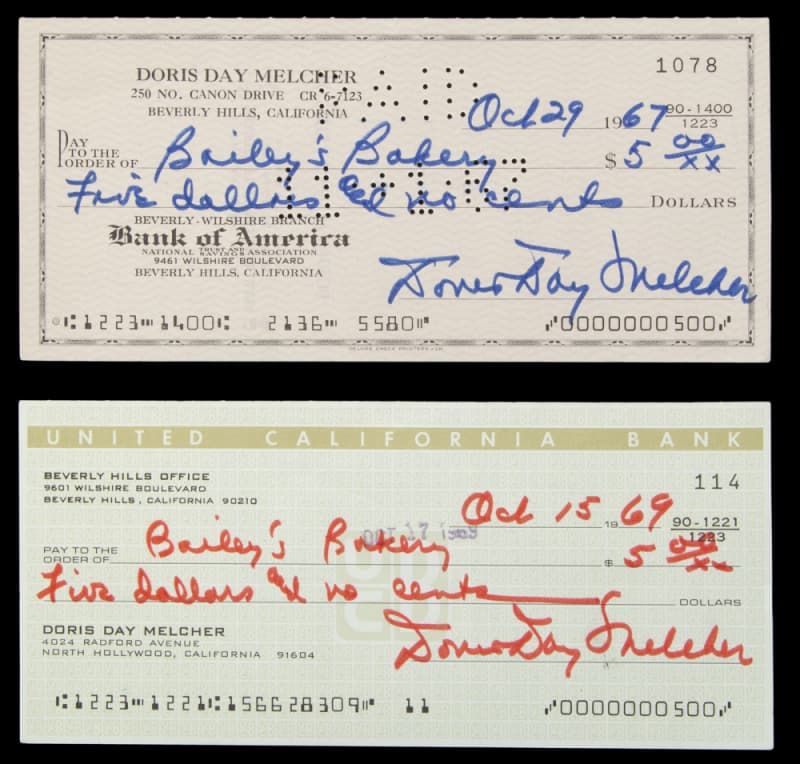
Before plastic cards ruled the world, charge accounts were the way to go. In the 1960s, these accounts were personal, handwritten, and kept at your favorite stores, allowing you to shop with ease and pay later.
I remember the trusting relationships built with store clerks who knew us by name, providing a sense of community that added a personal touch to the shopping experience. It was shopping on a handshake, a testament to the simpler times.
The beauty of these accounts was in their simplicity and the way they allowed us to shop without the burden of immediate payment. It was a system built on trust and familiarity, a far cry from today’s plastic and pin codes. Charge accounts were as much about community as they were about convenience.
14. You Left With a Box, Not Just a Bag
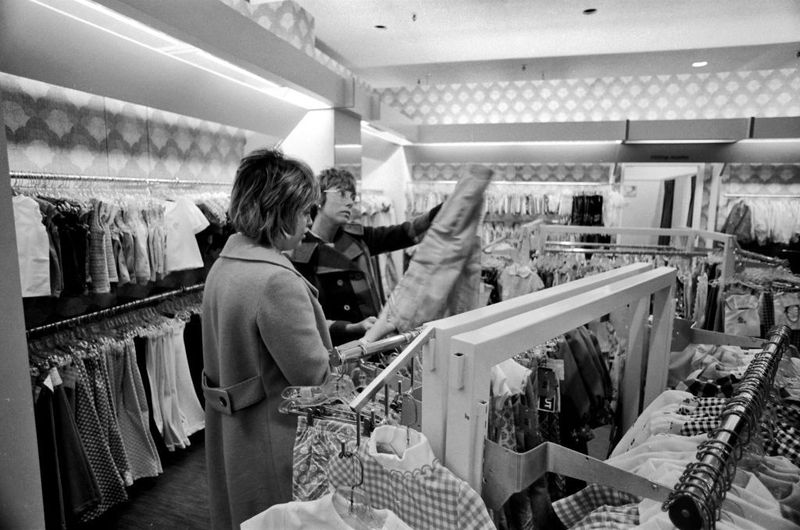
Leaving a store in the 1960s felt like a celebration. Instead of flimsy bags, clothes were wrapped meticulously in tissue paper and placed inside sturdy boxes.
Each purchase felt like a gift, a special treat to be opened and enjoyed. I remember the thrill of carrying those boxes, feeling like I was taking home something truly precious.
These boxes symbolized the care and attention to detail that went into each transaction. It was a ritual, a moment of joy that extended the shopping experience beyond the store’s doors. A box wasn’t just packaging; it was part of the memory, a tangible reminder of a delightful day spent shopping.
